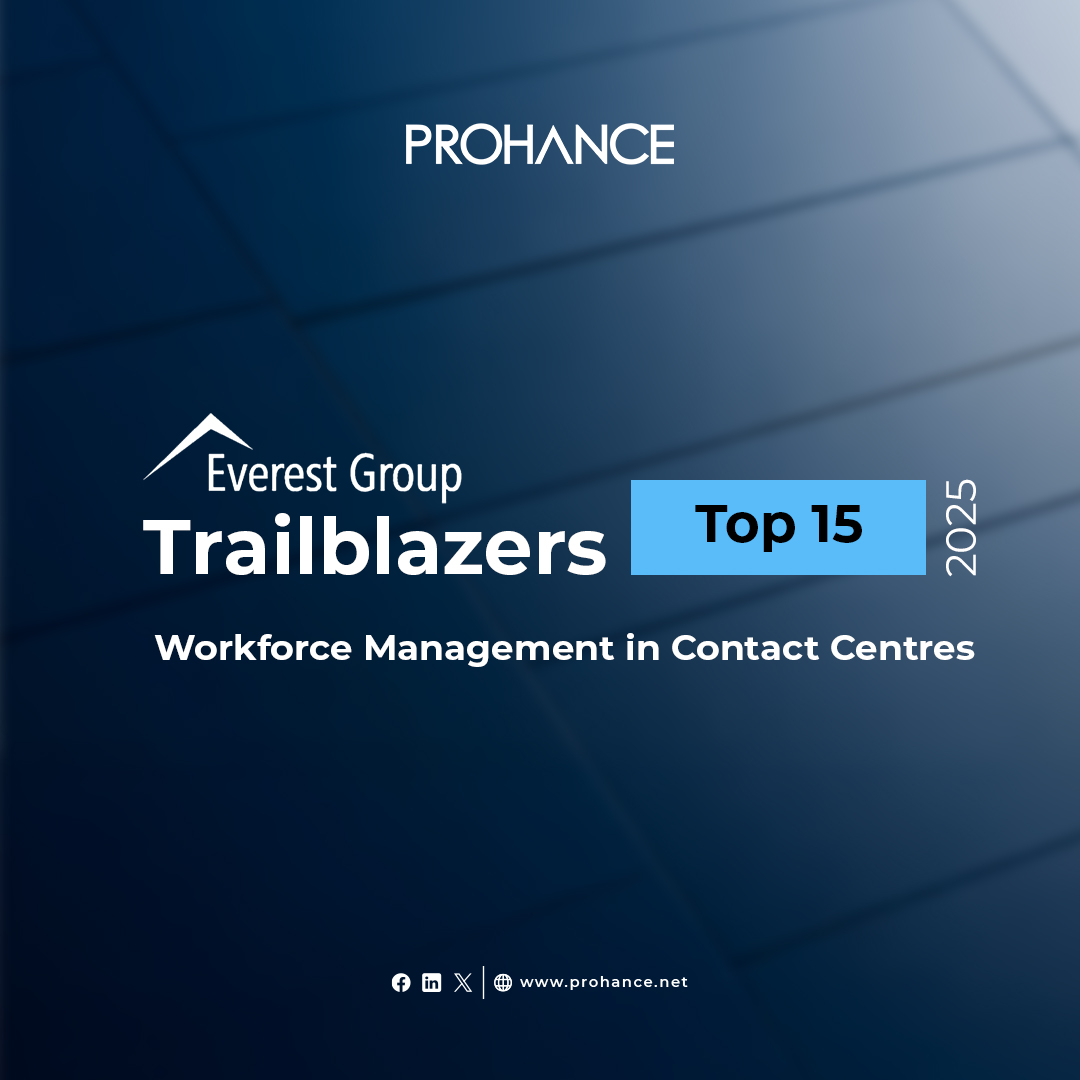Successful Project Management: What It Looks Like and How to Achieve It?
Table of Contents
- The Reality of Successful Project Management
- What Makes a Project Successful?
- The Key to Successful Project Management: People Over Process
- How to Run Successful Projects?
- Factors for a Successful Project: The Often-Overlooked Elements
- Steps to Successful Project Management When Things Go Wrong
- Project Management Tools That Actually Help: Spotlight on ProHance
- Wrapping Up: Bringing It All Together
- FAQs
“I still remember the first major project I managed back in 2018. It was a disaster. Three months behind schedule, way over budget, and the client was furious. I thought I’d never recover professionally.”- That’s how Sarah, a certified PMP expert with 12+ years of experience, describes her journey. Have you also faced similar issues?
Successful project management isn’t some innate talent—it’s a skill you build through trial and error and a few failures.
Let’s talk about what actually works when managing projects in the real world, not just in textbooks.
The Reality of Successful Project Management
Here’s what successful project management is NOT: perfectly executed Gantt charts, flawless team performance, and problem-free execution. If you’re waiting for that, you’ll be waiting forever.
Real successful project management looks messy behind the scenes. It’s adapting when your key team member quits mid-project. It’s having difficult conversations when deliverables aren’t meeting quality standards. It’s making tough calls when priorities shift.
The numbers back this up. Only about 35% of projects are completed on budget and with all features and functions as initially specified. That’s not very encouraging, is it? But here’s the thing—the other 65% aren’t necessarily failures. Many still deliver value, just differently than planned.
What Makes a Project Successful?
After managing dozens of projects across multiple industries, Successful projects share certain characteristics that have nothing to do with perfect execution:
- Clear, shared vision: Everyone understands not just what we’re building but WHY.
- Flexible approach: We plan thoroughly but adapt constantly.
- Psychological safety: Team members can raise concerns without fear.
- Relentless prioritization: We focus on delivering value, not checking boxes.
- Honest communication: We talk about problems early and openly.
A study from PMI found that organizations waste approximately $97 million for every $1 billion invested due to poor project performance. Usually, this waste doesn’t come from technical challenges but from misalignment, poor communication, and lack of clear priorities.
The Key to Successful Project Management: People Over Process
You might be obsessed with methodologies—Agile, Waterfall, Scrum, Kanban—you name it. And you’re definitely trying to implement it. Some worked better than others, but none is the silver bullet you’re looking for. The key to successful project management isn’t the methodology—it’s how you work with people.
McKinsey research supports this, showing that projects with excellent change management (the human element) are 6x more likely to meet actual project objectives than those with improper change management practices.
What does this look like in practice? It means:
- Spending time understanding each team member’s strengths and weaknesses
- Addressing conflicts quickly and directly
- Celebrating even small wins consistently
- Creating space for innovation and creative problem-solving
- Building trust through consistent behavior and follow-through
How to Run Successful Projects?
Here’s how to manage a project successfully:
Start With “Why” (Not “What” or “How”)
Before diving into project plans, always make sure everyone understands WHY we’re doing this project. What business problem are we solving? How does it help our customers? How does it connect to our broader strategy?
A Harvard Business Review study found that 95% of employees don’t understand their company’s strategy or how their work contributes to it. No wonder projects fail! If people don’t understand the purpose, they make countless small decisions that take us off course.
Build a Right-Sized Plan
You might create elaborate project plans with hundreds of tasks, dependencies, and milestones. They might look impressive but will become outdated almost immediately. Focus on:
- Creating detailed plans for the next 2-4 weeks
- Having rougher plans for the following 1-3 months
- Maintaining high-level direction beyond that
Set Up Early Warning Systems
By the time a project is visibly off track, it’s often too late for easy corrections. Set up early warning systems:
- Weekly team pulse checks (anonymous ratings of how the project is going)
- Regular stakeholder temperature checks
- Leading indicators of problems (like decreasing code quality or increasing scope requests)
- Dedicated time in meetings to discuss concerns and risks
According to PwC research, only 2.5% of companies successfully complete 100% of their projects. The rest experience some level of challenge or failure—but those with early detection systems can course-correct before it’s too late.
Factors for a Successful Project: The Often-Overlooked Elements
Stakeholder Management Is Everything
You can execute perfectly on the wrong things if stakeholders aren’t properly engaged. For each key stakeholder, map out:
- What they care about most
- Their communication preferences
- Their decision-making authority
- How the project impacts them
A PMI study revealed that 55% of project managers identified effective communication with all stakeholders as the most significant success factor in project management.
Successful Management of Quality Requires What? Clarity First
Ever delivered exactly what was requested only to hear “that’s not what I wanted”? and it’s frustrating. The successful management of quality requires crystal clear definitions of what “good” looks like BEFORE you start building.
Use these techniques:
- Prototype reviews
- Acceptance criteria for each deliverable
- Regular demo sessions
- “Definition of Done” agreements
Research found that fixing a software bug after release costs up to 100x times more than fixing it during design. This applies to all projects—catching quality issues early saves enormous time and money.
Building the Right Team Dynamics
You might have managed projects with brilliant individual contributors but failed because the team couldn’t work well together. Build team dynamics through:
- Kickoff workshops focused on working agreements
- Regular retrospectives (not just at the project end)
- Team-building activities relevant to the work
- Addressing interpersonal conflicts immediately
Gallup research shows teams with high engagement rates are 21% more profitable and have 41% fewer quality defects. In project terms, this translates to fewer errors, better collaboration, and more innovative solutions.
Steps to Successful Project Management When Things Go Wrong
Let’s be real—things WILL go wrong. The steps to successful project management in crisis mode are different:
- Acknowledge reality quickly: Teams waste precious weeks in denial about problems. Call it out early.
- Reassess and reprioritize: What’s the minimum viable outcome we need from this project? What can wait?
- Communicate: Stakeholders can handle bad news, but they hate surprises. Keep them informed.
- Get help: Whether it’s adding resources, bringing in specialists, or asking for deadline extensions—do it sooner rather than later.
- Document lessons: Every project problem is valuable if you learn from it.
According to IBM, only 41% of change projects meet their objectives. Often, the difference between success and failure is how teams respond when initial plans become unworkable.
Project Management Tools That Actually Help: Spotlight on ProHance
| Project Management Need | How ProHance Helps | Real-World Benefit |
| Resource Utilization | Monitors productive time vs. idle time across team members | No more guessing if you have enough bandwidth—you’ll know exactly who’s overloaded and who can take on more work |
| Workforce Analytics | Provides detailed insights into team performance patterns | Identify your productivity superstars and performance bottlenecks with data, not gut feelings |
| Remote Work Management | Offers visibility into distributed team activities without micromanaging | Perfect for today’s hybrid work environments—trust but verify that work is progressing |
| Automatic Time Tracking | Captures actual time spent on project tasks | Say goodbye to inaccurate timesheets and hello to precise project costing |
| Workflow Automation | Streamlines repetitive processes and approval workflows | Eliminates those tedious administrative tasks that eat into valuable project time |
| Real-time Monitoring | Provides dashboards showing current project status | No more waiting for weekly status meetings to find out something’s off track |
| Compliance Management | Ensures work follows required processes and standards | Particularly valuable for regulated industries where documentation of proper procedures is essential |
| Productivity Benchmarking | Establishes baselines for team performance | Set realistic timelines based on actual team capacity, not wishful thinking |
Wrapping Up: Bringing It All Together
Successful project management is both simpler and more complex than most people think. It’s simpler because the principles are straightforward: clear goals, good people, open communication, and adaptability.
It’s more complex because applying these principles in the messy reality of organizations with competing priorities, resource constraints, and human emotions is incredibly challenging.
What’s your experience with managing projects? We would love to hear your stories of triumph (or disaster) in the comments below.
FAQs
How do I know if I’m actually good at project management?
You’re not just hitting deadlines and budgets (though that helps). You’re good when: 1) Clients/stakeholders ask for you specifically on their next project, 2) Team members want to work with you again, and 3) You can take a vacation without the project falling apart in your absence. The best project managers use systems like ProHance to improve project management.
What’s the most underrated skill for project managers?
Saying no effectively. Anyone can say yes to everything and then crash and burn. The art is to use tools like ProHance effectively and assign tasks without overburdening your team.






